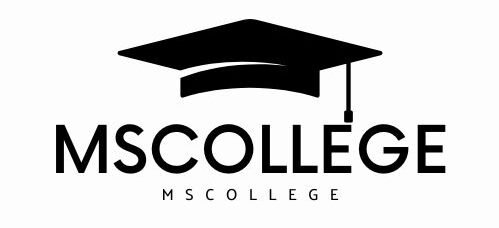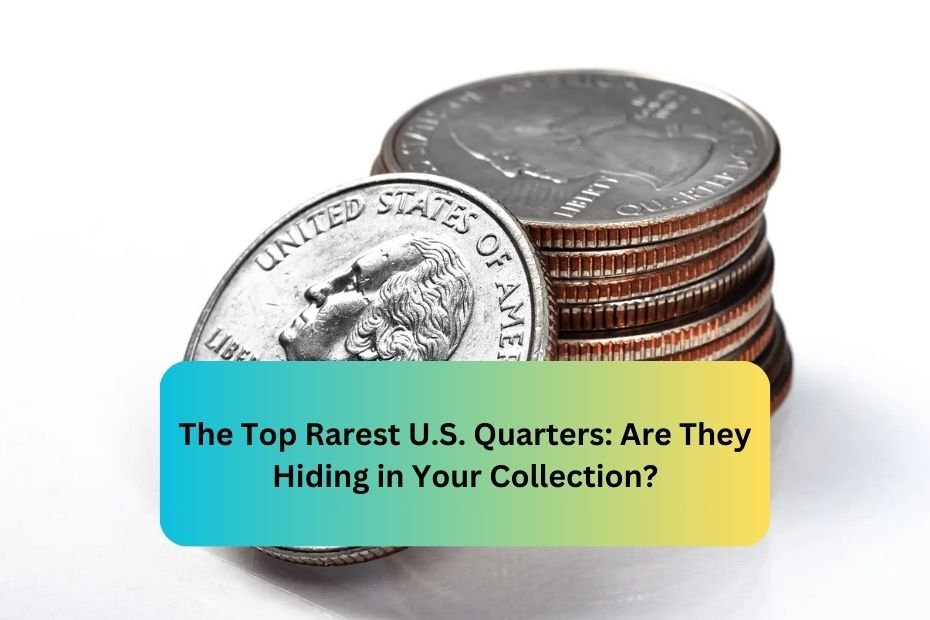Coin collecting can be an incredibly rewarding hobby, especially when you discover that some of the quarters in your collection are rarer than you thought. While many U.S. quarters are minted in the billions and are easy to find, a select few are far more elusive, fetching high values among collectors. Whether due to minting errors, limited production, or unique designs, these rare quarters could be hiding in your pocket change or coin collection.
In this article, we will explore some of the rarest U.S. quarters, their history, and how to identify them. By the end, you may find yourself looking at your collection with fresh eyes, hoping to spot one of these valuable treasures.
1. 1932-D Washington Quarter
The Washington Quarter was first issued in 1932 to commemorate the 200th anniversary of George Washington’s birth. While this quarter is common today, the 1932-D (Denver) variety is incredibly rare. Only 436,800 of these coins were minted, making it one of the lowest-mintage Washington quarters ever produced.
Why It’s Rare:
- Low Mintage: Only 436,800 were minted.
- Condition Matters: Coins in higher grades, such as MS-65, can fetch thousands of dollars at auction.
How to Identify It:
Look for the small “D” mintmark on the reverse side of the coin, just below the eagle. The “1932” date will be prominently displayed on the obverse, featuring Washington’s profile.
Value:
In good condition, this quarter can be worth between $200 to $1,000, depending on the grade. High-grade examples can fetch upwards of $7,000.
2. 1932-S Washington Quarter
Much like its Denver-minted counterpart, the 1932-S (San Francisco) Washington Quarter is another key date for collectors. With a mintage of only 408,000, it is slightly rarer than the 1932-D.
Why It’s Rare:
- Extremely Low Mintage: Only 408,000 were produced.
- Sought After by Collectors: Its rarity has made it a desirable coin for decades.
How to Identify It:
Check the reverse side for the “S” mintmark, which indicates it was minted in San Francisco. The obverse will also display the year “1932.”
Value:
In circulated condition, the 1932-S can be worth anywhere from $150 to $1,500, while higher grades can surpass $6,000.
3. 1976 Bicentennial Quarter (Error)
The 1976 Bicentennial Quarter is a well-known commemorative coin featuring a unique reverse design celebrating the 200th anniversary of the United States. While the standard Bicentennial Quarters are common, some error coins from this issue can be extremely rare.
Why It’s Rare:
- Double Die Errors: Some Bicentennial Quarters have noticeable doubling on the date or lettering, making them highly sought after.
- Off-Center Strikes: These error coins are also highly prized.
How to Identify It:
Inspect the coin for any signs of doubling, particularly on the obverse or reverse lettering. Additionally, off-center strikes will be visually obvious, as part of the design will be missing.
Value:
Depending on the severity of the error and the condition of the coin, these quarters can range in value from $100 to over $1,000.
4. 2004-D Wisconsin Quarter (Extra Leaf)
The 2004-D Wisconsin Quarter is part of the State Quarters series, which was widely circulated. However, a small subset of these quarters features an error known as the “Extra Leaf” variety, where an additional leaf appears on the corn stalk on the reverse.
Why It’s Rare:
- Minting Error: This error occurred during production, making it a unique and highly prized coin among collectors.
- Two Varieties: The error comes in two varieties, the “high leaf” and “low leaf.”
How to Identify It:
Examine the corn stalk on the reverse side of the Wisconsin quarter. If you see an additional leaf on the left-hand side, near the bottom of the stalk, you may have one of these rare varieties.
Value:
Depending on the condition, these coins can be worth $100 to $2,000.
5. 1999-P Delaware Quarter (Spitting Horse)
The 1999-P Delaware Quarter was the first coin released in the popular State Quarters series. While millions were produced, some Delaware quarters feature a striking error known as the “Spitting Horse.”
Why It’s Rare:
- Die Crack Error: This error occurs due to a die crack, which creates the appearance of Caesar Rodney’s horse spitting on the reverse.
- Collectibility: As one of the first major errors in the State Quarters series, it is highly sought after.
How to Identify It:
Look at the reverse side of the coin, particularly the area near the horse’s mouth. If there is a raised line extending from the mouth, you likely have a “Spitting Horse” quarter.
Value:
These error coins can range in value from $10 to $300, depending on the condition and visibility of the die crack.
6. 2005 Minnesota Quarter (Double Die)
Another notable error in the State Quarters series is the 2005 Minnesota Quarter, which features a double die on the reverse side. This error is subtle but makes the coin highly collectible.
Why It’s Rare:
- Double Die Error: The doubling appears in the trees on the reverse, making it a unique find.
- Several Varieties: There are multiple varieties of this error, some more valuable than others.
How to Identify It:
Examine the trees on the reverse side of the coin. If you notice doubling in the branches or trunks, you may have a valuable double die variety.
Value:
The value of these error quarters can range from $25 to over $300, depending on the severity of the doubling and the coin’s condition.
7. 1965 Silver Washington Quarter
In 1965, the U.S. Mint transitioned from silver quarters to those made of copper-nickel clad. However, a small number of 1965 Washington Quarters were mistakenly struck on silver planchets, making them extremely rare.
Why It’s Rare:
- Minting Error: These silver planchet quarters were produced during a time when the U.S. Mint was phasing out silver coins.
- Highly Valuable: Because they contain 90% silver, they are highly coveted by collectors.
How to Identify It:
The easiest way to identify a 1965 silver quarter is by weighing it. A silver quarter weighs 6.25 grams, while a clad quarter weighs 5.67 grams.
Value:
Depending on the grade, these quarters can fetch prices ranging from $4,000 to over $7,000.
Conclusion
Rare U.S. quarters are fascinating pieces of history, and they could be hiding in your coin collection. Whether you’re a seasoned collector or just starting out, knowing which quarters to look for can be the key to uncovering a valuable gem. From error coins to low-mintage varieties, these rare quarters are worth more than their face value, and discovering one could be an exciting and profitable venture.
FAQs
1. How can I determine if a quarter in my collection is rare?
Look for specific mint marks, dates, and any unusual errors or varieties, such as double die errors or off-center strikes. Research the coin’s history and consult a coin grading guide for accuracy.
2. Are rare quarters always valuable?
Yes, rare quarters generally hold more value than regular circulation coins, but their worth depends on factors like condition, rarity, and demand among collectors.
3. What is the best way to store rare quarters?
Store rare quarters in protective coin holders, such as flips or capsules, to prevent wear and damage. Keep them in a cool, dry place to preserve their condition.
4. Can I find rare quarters in pocket change?
It’s possible! While many rare quarters are already in collections, error coins and low-mintage quarters occasionally turn up in circulation, so it’s worth checking your change.
5. Where can I sell my rare quarters?
You can sell rare quarters through coin dealers, auctions, or online platforms like eBay. Be sure to have your coins appraised to determine their value before selling.

